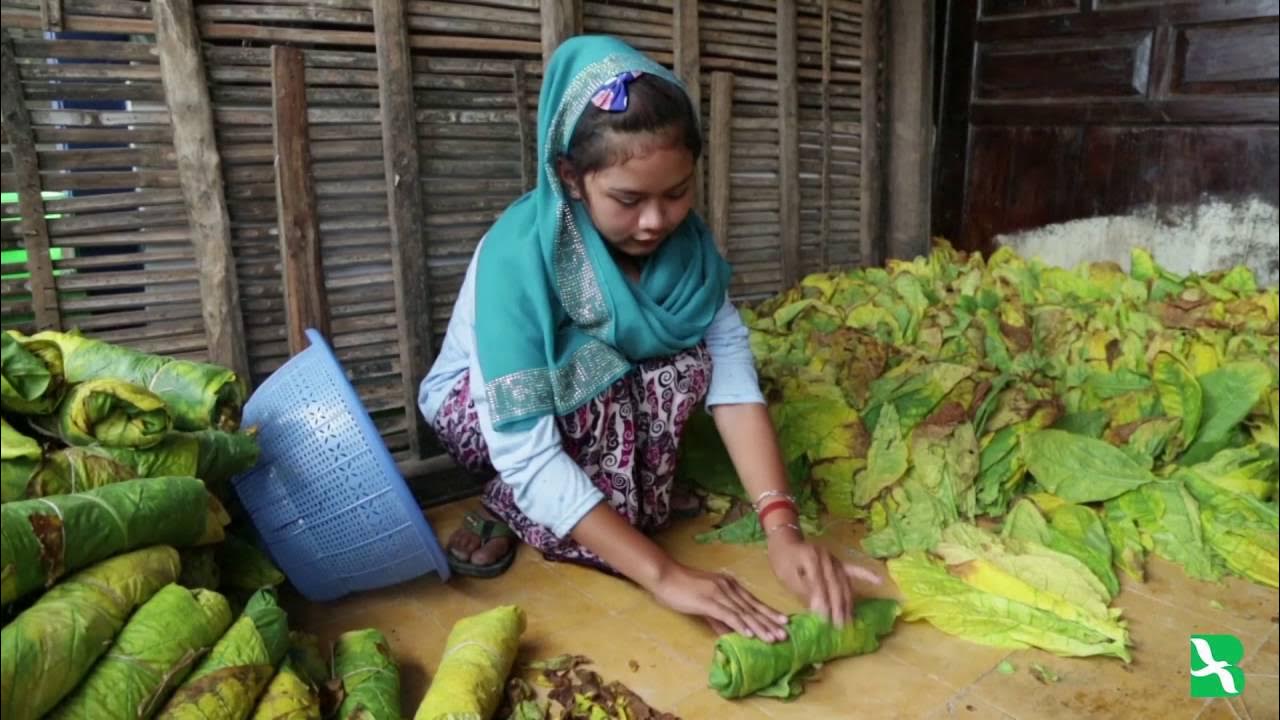Uncovering Eight-Year-Old Children Working in Factories
Summary
TLDRIn Nepal, over a million children are involved in labor, with around 17,000 working in brick factories, despite laws prohibiting child labor under 14. Many work long hours for meager pay, exposed to hazardous conditions and chemicals. Local charity organizations are working to rescue these children, offering financial incentives to families to send their kids to school instead. However, corruption and societal norms complicate efforts to eradicate child labor, with some politicians even owning factories employing underage workers.
Takeaways
- 👷 Over a million children in Nepal are engaged in labor, with many working in exploitative and dangerous conditions in brick factories.
- 📜 Despite laws prohibiting child labor under the age of 14, around 10 percent of workers in brick factories are underage.
- 👶 Evidence shows at least 87 children under 14, some as young as five, working in six factories.
- 🌞 Children work from dawn to dusk, often without set hours and are paid by the brick, earning less than half the national minimum wage.
- 💔 The lack of proper training and poor working conditions result in frequent injuries and exposure to harmful chemicals.
- 🏭 Brick factories are a significant part of the economy, but they are also emblematic of the broader issue of child labor in Nepal.
- 👨👧👦 Children often work to support their families, as seen with Oven and Sangeeta, who became breadwinners after their father's death.
- 🏛️ The government has ratified policies to combat child labor and pledged to eliminate it by 2025, but enforcement is weak.
- 📊 UNICEF estimates 17,000 child laborers in brick factories, and bricks have been used in international development projects.
- 👦 A six-year-old boy has been working for a year, illustrating the depth of the issue among very young children.
- 🤝 Local charities like Our Sansa are working to remove children from factories and provide education and support.
Q & A
How many children in Nepal are engaged in labor according to the video transcript?
-Over a million children in Nepal are engaged in labor.
What is the booming industry in Nepal where many children are employed?
-The booming industry in Nepal where many children are employed is the brick factories industry.
What is the legal working age in Nepal?
-The legal working age in Nepal is 14 years old, as the law strictly prohibits the employment of children under this age.
What percentage of workers in brick factories are underage despite the law?
-Around 10 percent of the workers in brick factories are underage.
How many registered brick factories are there in Nepal?
-There are more than 1,500 registered brick factories across the country.
What is the estimated number of child laborers working in Nepal's brick factories according to a UNICEF report in 2021?
-According to a UNICEF report in 2021, there are an estimated 17,000 child laborers working in Nepal's brick factories.
What are some of the health risks faced by children working in brick factories?
-Children working in brick factories face health risks such as lifelong respiratory, cardiovascular, and neurological complications due to exposure to dangerous chemicals emitted by the kiln chimneys.
What is the average daily wage of a child worker in the brick factories mentioned in the transcript?
-The average daily wage of a child worker in the brick factories is less than half the national minimum wage, which is approximately 175 Nepalese rupees per day.
What is the role of local charities like Our Sansa in addressing child labor in Nepal?
-Local charities like Our Sansa help children like Arvind by providing financial incentives to their families to let them go to school instead of work, and they also plan to take legal action against employers of child labor.
What is the situation of education among children in Nepal as depicted in the video?
-Education is compulsory, yet many children, like Arvind, have never been to school, and one in five children between the ages of five to twelve are estimated to be out of school.
What is the connection between child labor and the caste system in Nepal as mentioned in the transcript?
-The Dalits, or the so-called 'Untouchables,' who are at the bottom of the caste hierarchy in Nepalese society, are often unskilled laborers with no assets, trapped in a vicious cycle of poverty, and have the highest rate of child labor.
Outlines

This section is available to paid users only. Please upgrade to access this part.
Upgrade NowMindmap

This section is available to paid users only. Please upgrade to access this part.
Upgrade NowKeywords

This section is available to paid users only. Please upgrade to access this part.
Upgrade NowHighlights

This section is available to paid users only. Please upgrade to access this part.
Upgrade NowTranscripts

This section is available to paid users only. Please upgrade to access this part.
Upgrade NowBrowse More Related Video
5.0 / 5 (0 votes)





